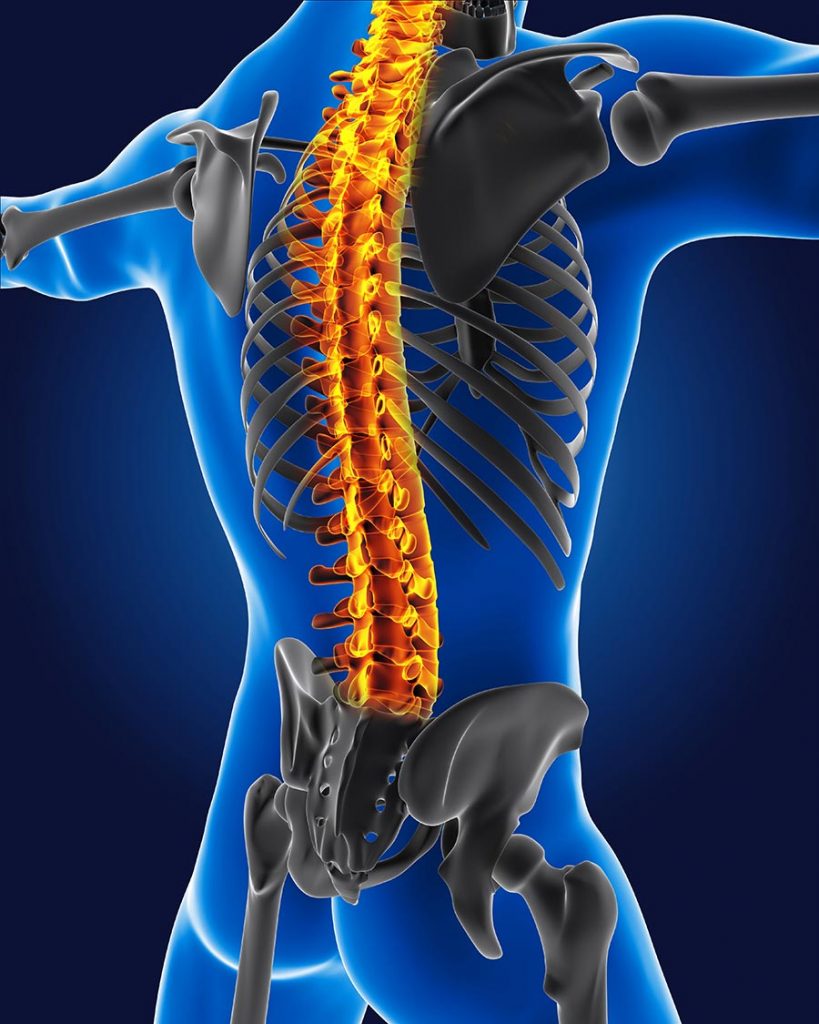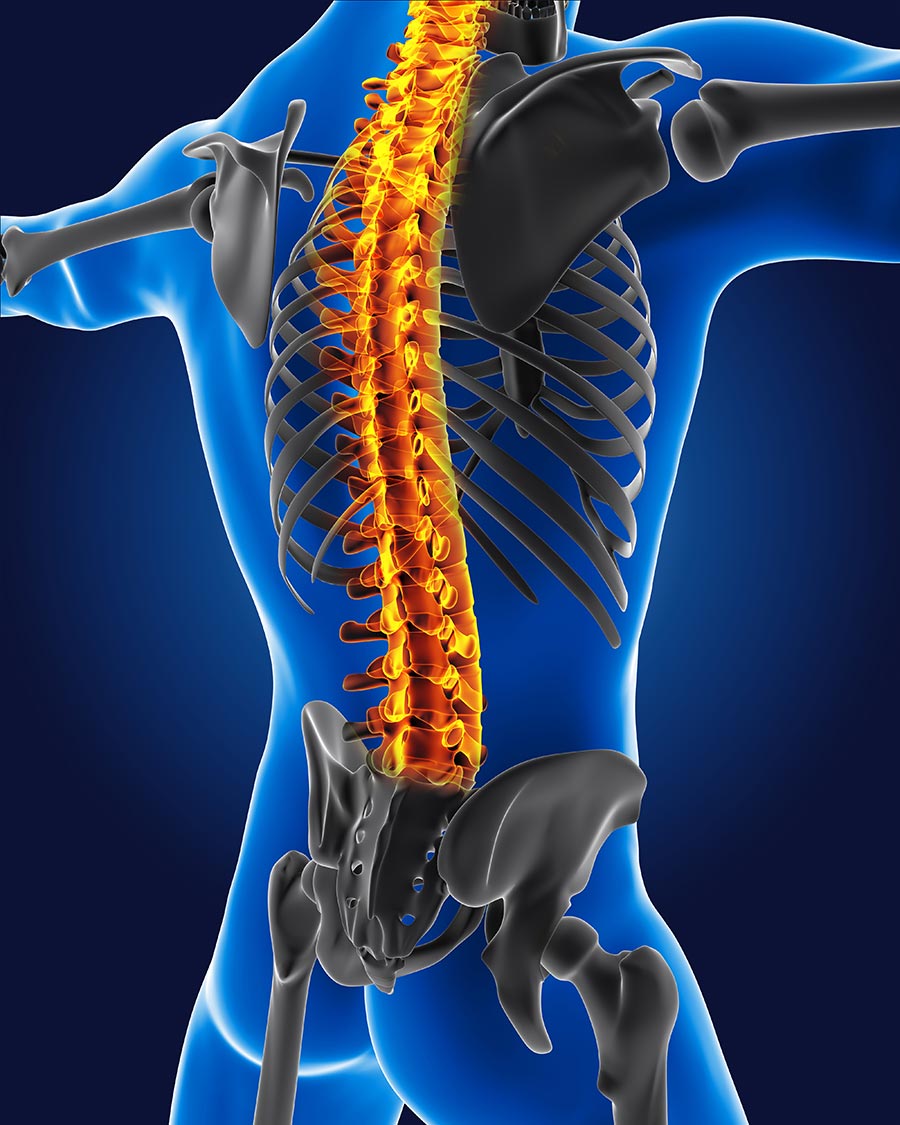Myelopathy
![]()
Call (703) 520-1031 or use the form to send us your contacts.
Myelopathy is a disorder resulting from compression of the spinal cord. It usually develops slowly as a result of aging and associated physical changes, but it can also be acute when caused by trauma. The following sections briefly overview the symptoms, causes, diagnosis, and treatment.

What is Myelopathy?
Myelopathy is damage to the spinal cord, in which the spinal cord experiences severe compression or constriction. The spinal cord is the set of nerves encased in the bony spine. The symptoms are called myelopathy when the spinal cord is constricted or compressed.
The spinal cord, or group of nerves, runs along most of the spine. It is the pathway for nerve messages from the brain to the peripheral nervous system, and any damage to it is serious.
Since the spinal cord runs the length of the spine, the three sections of the spine describe three types of myelopathy.
- Cervical myelopathy occurs in the cervical spine, which is the neck area
- Thoracic myelopathy occurs in the middle area of the spine, called the thoracic spine
- Lumbar myelopathy occurs in the lower or lumbar spine
The most common condition is cervical myelopathy. The least common condition is lumbar myelopathy. Thoracic myelopathy develops most often due to herniated or bulging discs, trauma, or bone spurs.
Symptoms
Myelopathy symptoms vary. Some of the common ones include the following:
- Neck, arm, lower back, or leg pain
- Difficulty maintaining balance
- Difficulty with coordination
- Changes in gait or difficulty walking
- Changes in reflexes that may be increased reflexes in the extremities or abnormal reflexes
- Reduction in fine motor skills, like grip strength and dexterity
- Changes in bladder or bowel function
- Impingement of nerve roots causes weakness or pain in the arms or legs
- Changes in handwriting for no apparent reason
Causes
There are various causes of myelopathy, and many begin with normal aging. The most common myelopathy causes include:
- Rheumatoid arthritis or other autoimmune diseases that lead to spinal degeneration
- Degenerative spinal conditions like spinal stenosis or spondylosis
- Disc herniations
- Diseases like bone cancer, spinal tumors, or cysts
- Injury
Though many cases of myelopathy develop slowly, acute myelopathy develops rapidly due to trauma.
When to See a Doctor
It is essential to see a doctor when any of the symptoms of myelopathy are present. The sooner the physician can identify the spinal cord issue, the better. The spinal cord may have already experienced permanent damage, but there is always the chance that early treatment after symptoms appear can minimize the chances of symptoms worsening.
Diagnosis
The diagnosis of myelopathy is made through a series of exams and tests. It begins with a physician taking a medical history to ascertain whether there are any prior symptoms similar to those associated with myelopathy. This is followed by:
- Physical exam
- Diagnostic tests that include nerve testing, like the electromyogram (EMG)
- Imaging tests that may be an MRI, CT scan, x-rays, and myelogram
A myelogram is a type of X-ray called fluoroscopy. Contrast material is injected into the spine to highlight the spinal cord, spinal lining, and nerve roots on the x-ray. It is beneficial when the patient cannot undergo an MRI to assess spinal disc abnormalities.
Treatment
If left untreated, myelopathy can lead to paralysis and even death. In most cases, surgery is needed, but the type of surgery depends on the cause of the nerve damage. The usual goal of myelopathy surgery is to relieve the pressure on the spinal cord.
Other standard myelopathy treatment options include:
- Bracing
- Medication
- Physical therapy
These non-surgical treatments do not improve spinal compression. They are intended to help the patient reduce pain.
Myelopathy Prognosis
It is difficult to predict the outcomes for patients with myelopathy. The prognosis is variable because surgical treatments may or may not improve the condition and the symptoms. There is no guarantee the level of pain will improve either. However, the earlier the treatment begins, the more likely permanent spinal cord damage is avoided.
